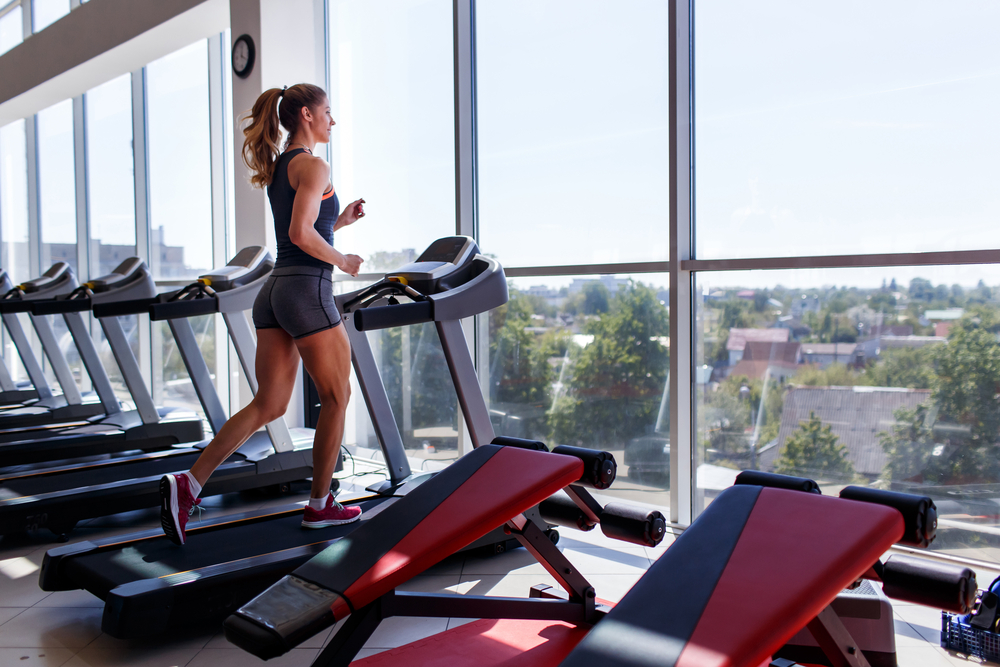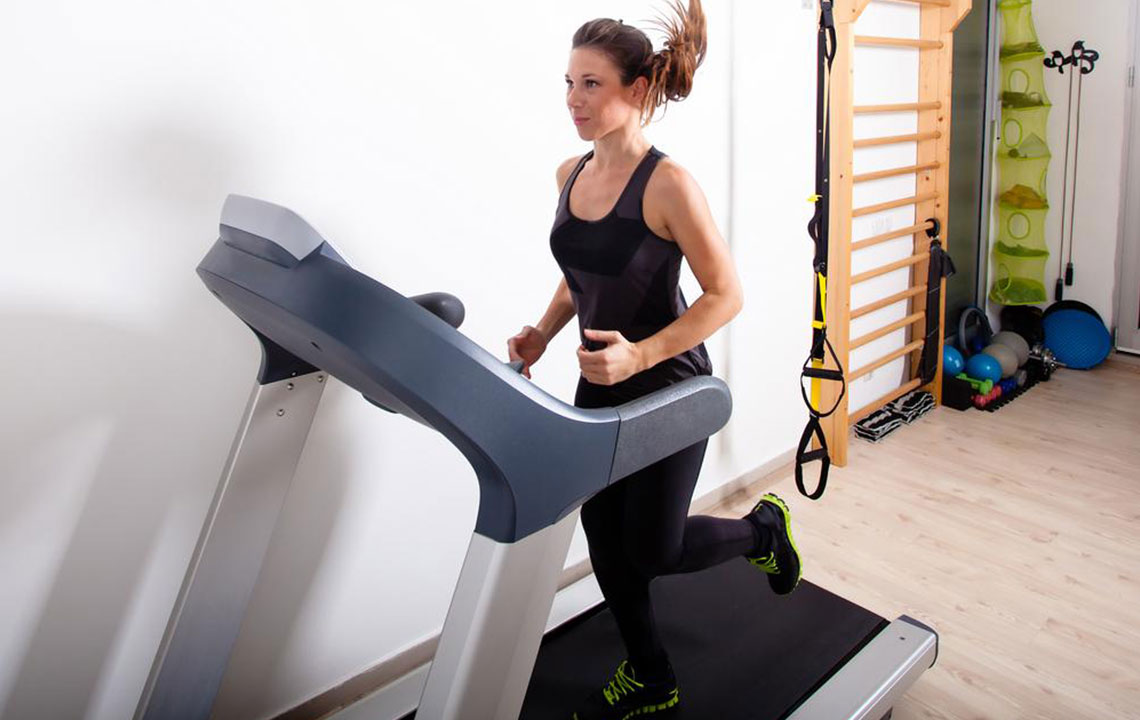Comprehensive Guide to Treadmill Machines
This comprehensive guide explores the history, types, components, and purchasing tips for treadmills. From manual to motorized and hybrid models, learn how these machines help maintain fitness indoors. Discover factors to consider for a suitable treadmill, including features, space, and comfort, to enhance your workout experience and stay motivated regardless of weather conditions or outdoor constraints.

Comprehensive Guide to Treadmill Machines
Understanding Treadmills
The evolution of traditional butter churning devices has led to the development of modern exercise equipment known as treadmills. These machines facilitate walking or running without the need to leave a fixed location. The term originates from old mills powered by humans or animals, where tread motion was used to grind grains into flour.
Historical Background of Treadmills
The concept dates back to the first century AD, when Romans used tread-based machines to move heavy objects.
William Staub, an engineer, created the first home-friendly treadmill.
Inspiration came from Dr. Kenneth H. Cooper’s book on aerobics in 1968, prompting Staub to develop the treadmill.
Main Components of Treadmills
The treadmill features a wide, long conveyor belt that supports walking or running. It moves backward, allowing users to walk or jog in place at various speeds.
An electric motor powers the belt based on the user's selected speed.
Many models include monitors tracking calories burned, heart rate, pulse, distance, and speed. These features help users monitor progress, set targets, and optimize workouts.
Development Goals Over Time
Over the past five decades, treadmills have been refined to encourage those hesitant to exercise outdoors.
They also aim to eliminate weather-related workout disruptions, like rain or wind.
Designed for consistent, indoor exercise, treadmills support maintaining fitness regardless of external conditions.
Types of Treadmills Available Today
Manual Treadmills: Powered by user effort, these treadmills operate on rollers without electricity. They’re budget-friendly, portable, and lightweight but less durable, ideal mainly for walking due to narrow belts.
Motorized Treadmills: Equipped with an electric motor, these provide a stable experience for walking or running. They come with many features but are usually more expensive and require more space.
Hybrid Treadmills: Combining features of motorized models and elliptical machines, hybrid treadmills, known as treadles, offer a semi-circular motion with a belt-based mechanism suitable for varied workouts.
Factors to Consider When Purchasing a Treadmill
Check if the treadmill is foldable for easier storage, especially in limited spaces.
Verify the maximum user weight for compatibility.
Assess treadmill dimensions to fit your available space.
Prioritize speed ranges and incline options for versatile workouts.
Consider cushioning quality for comfort and joint protection during exercise.
Note:
Our blog covers diverse topics, aiming to provide useful insights based on thorough research. However, articles should not be seen as definitive. The site disclaims responsibility for discrepancies or outdated information, and readers are encouraged to explore current offers and schemes for best benefits.









